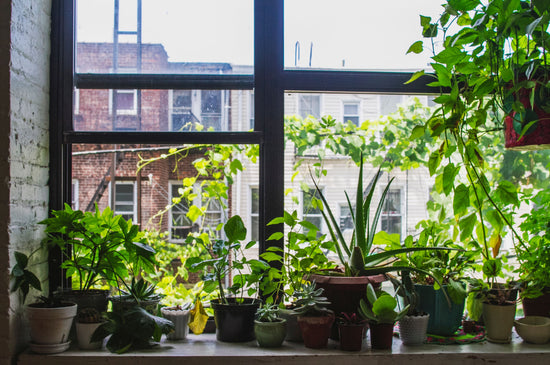Clematis: How to Care For
Clematis vines are some of the most rewarding plants to grow, offering vibrant, eye-catching blooms and an elegant climbing habit. However, these plants require specific care to thrive. Proper planting, watering, fertilizing, and pruning all play a role in ensuring clematis plants remain healthy and continue to bloom year after year.

Basic Requirements for Clematis Care
-
Light Requirements
- Most clematis plants prefer full sun, with at least 6 hours of direct sunlight daily.
- Shade-tolerant varieties can thrive in partial sun but may produce fewer flowers.
- Always ensure the roots are shaded, even if the plant is in full sun. Apply mulch or plant ground covers to keep the base cool.
-
Soil Conditions
- Clematis vines require well-draining, nutrient-rich soil.
- The ideal pH range is slightly alkaline to neutral (6.5–7.5). Add lime to acidic soils if needed.
- Mix compost or aged manure into the soil to improve fertility.
-
Watering
- Keep the soil consistently moist but never waterlogged.
- Water deeply once or twice a week, especially during dry spells.
-
Fertilizing
- Feed clematis plants with a balanced fertilizer in early spring when new growth begins.
- Reapply fertilizer after the first bloom cycle to encourage a second round of flowers.
-
Support Structures
- Clematis vines need a sturdy trellis, arbor, or fence to climb. Install support before planting to avoid disturbing the roots later.
-
Pruning
- Prune clematis plants based on their pruning group to promote healthy growth and blooming.

Seasonal Care Tips
- Spring: Feed and water the plant as new growth emerges. Check support structures for stability.
- Summer: Keep the plant watered and mulch around the base to conserve moisture. Deadhead spent blooms for Group 2 clematis.
- Fall: Prune Group 3 clematis and prepare for winter by applying a protective layer of mulch around the base.
- Winter: Provide extra protection in colder climates by covering the base with burlap or straw.

For additional tips and clematis varieties suited to your garden, visit our Clematis Collection.
FAQ: Clematis How to Care For
Q: How often should I fertilize clematis vines?
A: Fertilize in early spring and again after the first bloom cycle. Avoid over-fertilizing, as it may encourage foliage growth at the expense of flowers.
Q: Can clematis survive in clay soil?
A: Yes, but you must amend the soil with compost or sand to improve drainage.
Q: What should I do if my clematis stops blooming?
A: Check for improper pruning, poor soil conditions, or insufficient sunlight. Address these issues to encourage blooming.





